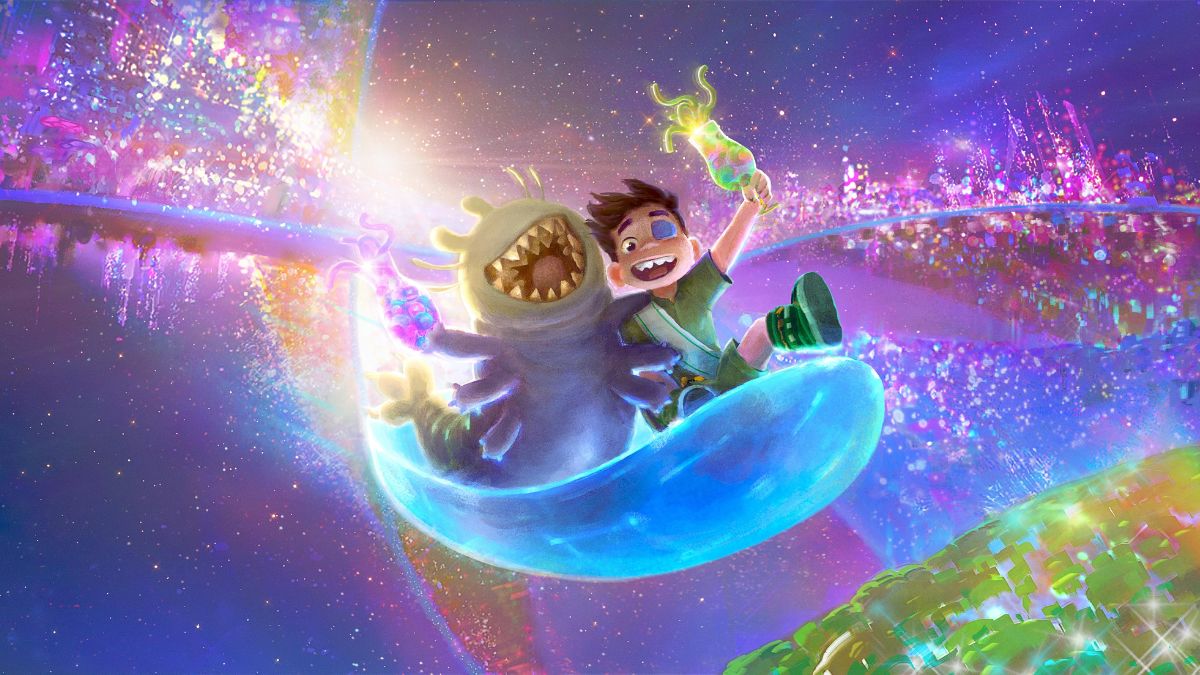Where ‘Elio’ stumbled: Pixar’s latest film and the challenges behind its underwhelming box office

Pixar’s latest film Elio released on June 20 and has received decent reviews from critics and audiences alike with an impressive 90% Popcornmeter (audience reviews) and an 83% Tomatometer (critic reviews) on Rotten Tomatoes. Despite this, the film is reportedly one of the worst-performing movies in the studio’s history, grossing only $20.8 million domestically in its opening weekend, the lowest opening frame at the box office in Pixar's history.
But what went wrong? Several key factors such as the animation style, the creative approach and Pixar’s brand identity itself may have played a role in this:
Creative differences
The movie was originally meant to be directed by Adrian Molina (co-director of Coco). He had developed and envisioned the movie to be a deeply personal story. Molina, an openly gay filmmaker, had initially portrayed Elio as a queer-coded character, with the original version of the character being passionate about fashion and environmentalism—hobbies not traditionally seen as the most masculine. The original version of the movie also featured a scene in which Elio collects trash on the beach and turns it into a pink tank top, showing it off to a hermit crab as his “trash-ion show” and in a different scene featured posters on Elio’s bedroom walls, hinting at him having a male crush.
Although early test screenings were met with approval, not a single hand went up when asked if they’d pay to see the film. The production team went into panic mode, remaking the movie and replacing Molina with two new directors—Domee Shi and Madeline Sharafian—brought in to finish the movie. The producers demanded a more “masculine” version of Elio—stripping him of the identity the previous director had given him. According to a previous Pixar artist in an interview with The Hollywood Reporter, “The Elio that is in theatres right now is far worse than Adrian’s best version of the original.”
Audience fatigue and the loss of the Pixar magic
Pixar used to be synonymous with innovation, emotional storytelling, and cinematic excellence known for its iconic characters and wonderful world-building. From Toy Story to Up to Inside Out, every release felt like a masterclass in imagination and heart. However recently, the studio has been losing a little bit of its “magic”.
Recent Pixar films (with the obvious exception of Inside Out 2) have not been received greatly especially those released post-pandemic. With the Disney+ release of films such as Onward, Luca and Turning Red, families have been used to seeing Pixar movies at home and in doing so, Pixar inadvertently devalued its brand as a big-screen experience. This habit alone made it hard for an original movie like Elio to succeed, especially without franchise recognition, big names or a strong marketing hook.
Moreover, Disney is the one in charge of Pixar so they would add their own creative interference, likely corporate-based. This makes Pixar lose more of its own personality and the movies released feel more generic. Elio was released at a time when Pixar’s identity crisis, audience apathy, and shifting industry norms collided in the worst way.
Animation style
Although Elio is visually stunning and features beautiful animation, the art style is something some audiences are getting bored of. The CalArts style of animation in 3D the film uses is viewed as “ugly” by some audiences and members of the animation community.
Pixar has previously used the same animation style for movies like Turning Red and Luca and continues to use it for this film. The art style, also referred to as the “bean mouth” style, due to the mouths of the characters having a jelly bean-like shape, is commonly used in 2D animation, notably in shows like Steven Universe and Gravity Falls.
But here’s the thing—we are in a post-Spider-Verse world now. Audiences crave bold, stylistic art animation that looks like it leapt out of a sketchbook, comic panel, or fever dream. Movies like Mitchells vs. the Machines, Teenage Mutant Ninja Turtles: Mutant Mayhem, and even Puss in Boots 2 have shown that visual experimentation sells. Elio, on the other hand, plays it safe. While the animation itself is competent and beautiful, it still retains the style audiences are used to, and frankly bored of. It looks like a generic animated movie- rounded edges, balanced composition and soft lighting.
Elio is not just a box office miss—it’s a sign that Pixar should stop playing it safe, reusing old formulas and exploring generic stories. They have a promising slate of future movies, including Gatto which is reported to feature hand animation alongside the studio's usual CGI. The world doesn’t need another safe, forgettable animated film. It needs the next Inside Out, the next WALL-E—something bold, strange, and unforgettable. Pixar can still deliver that, but only if it stops holding itself back.
Entertainment